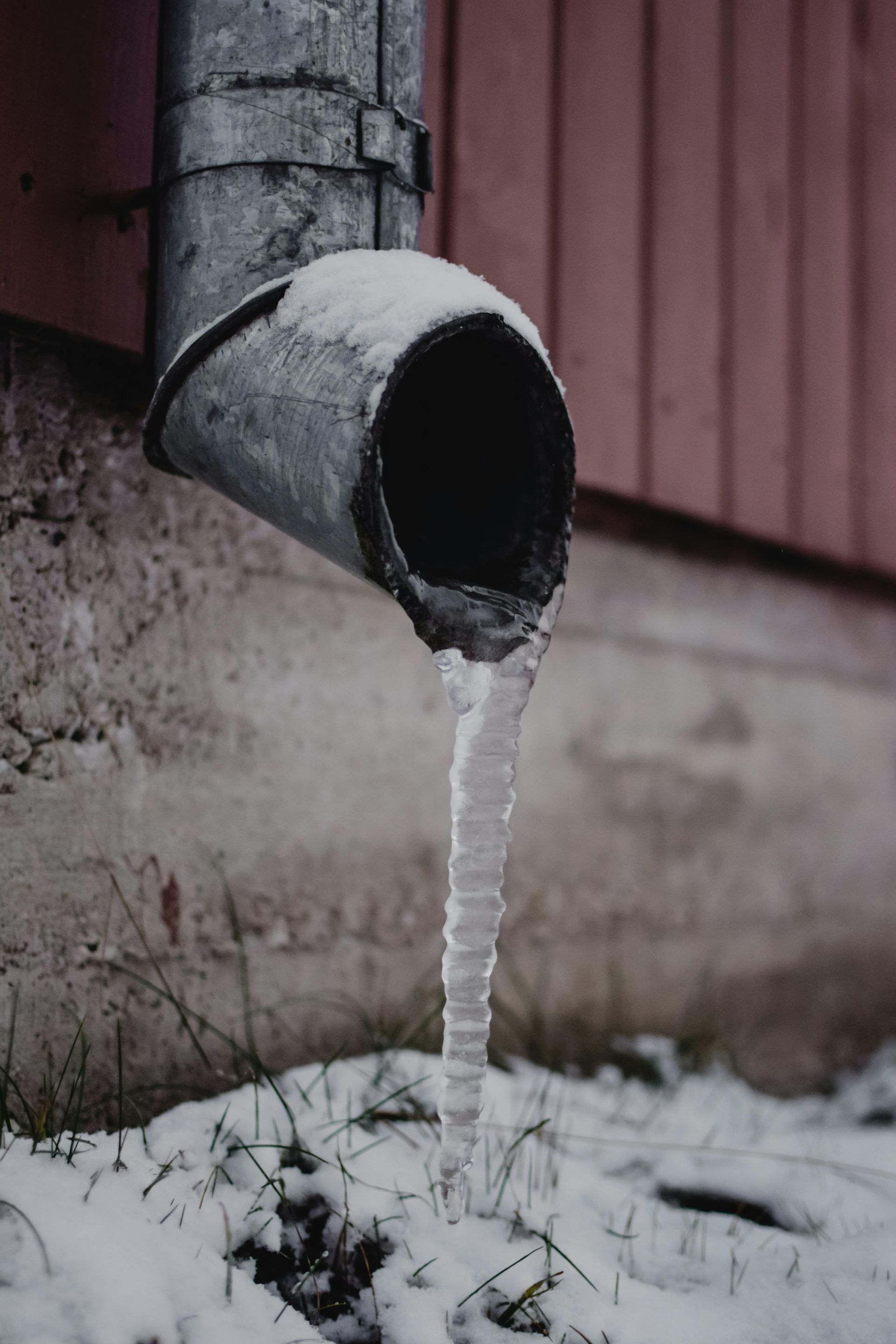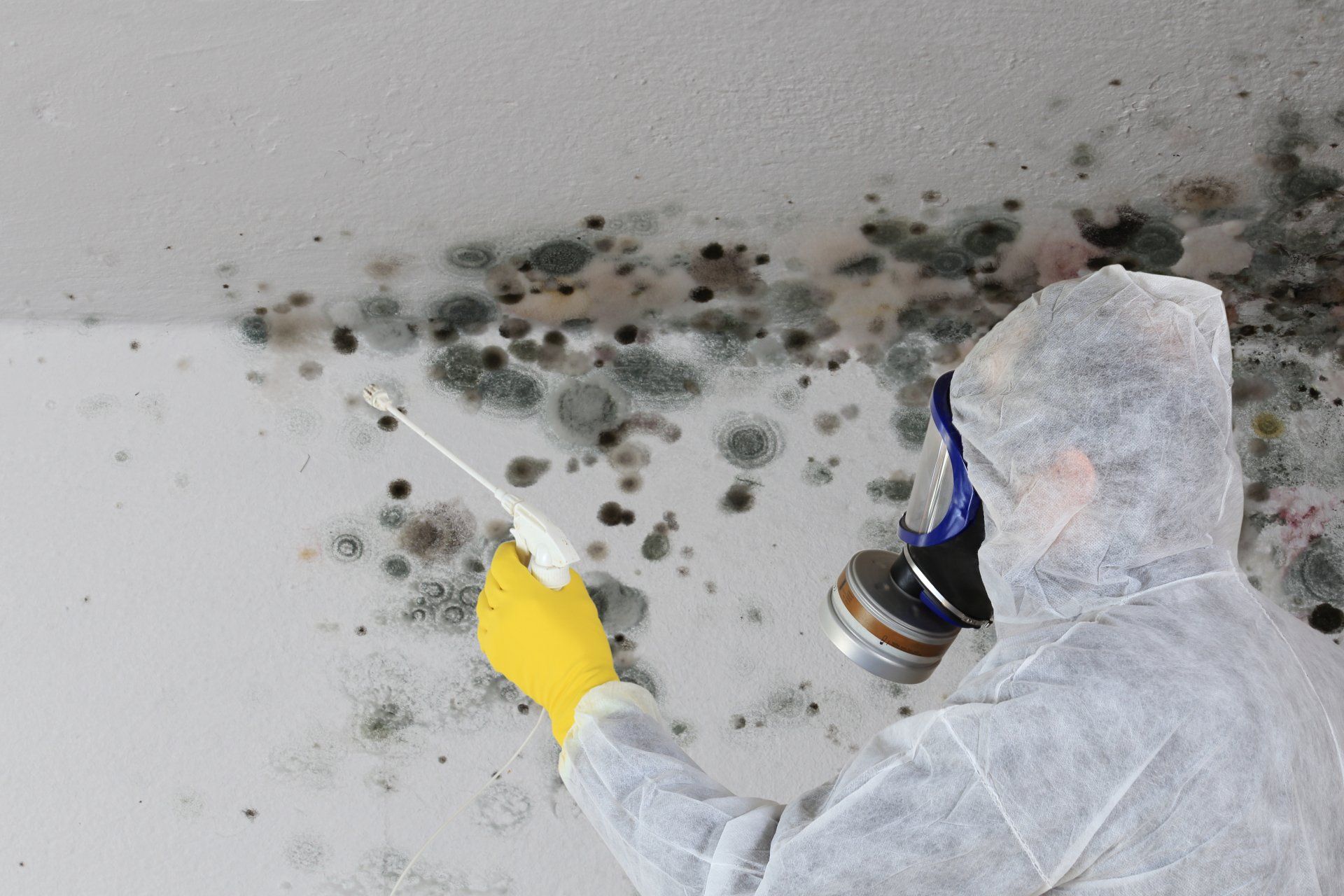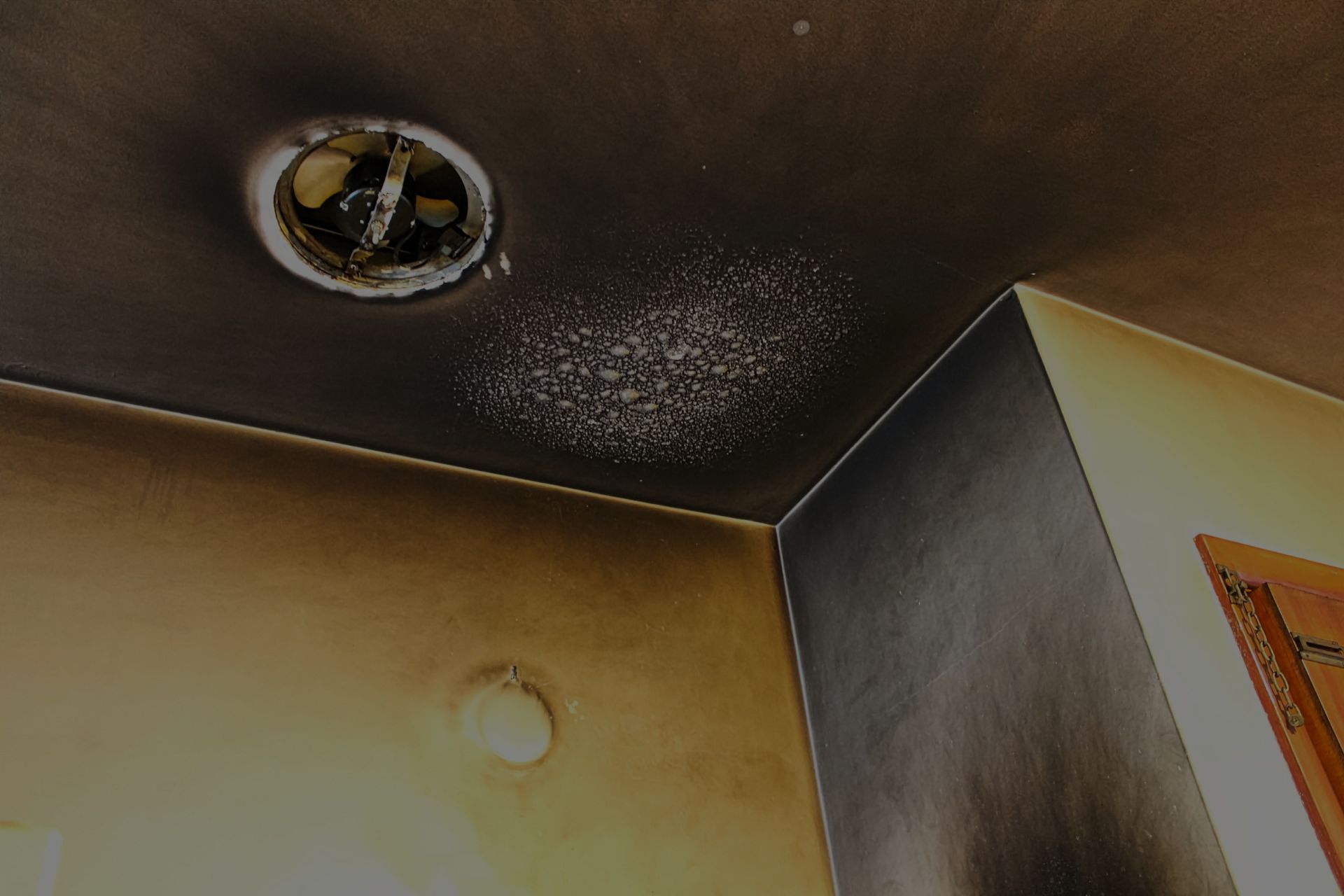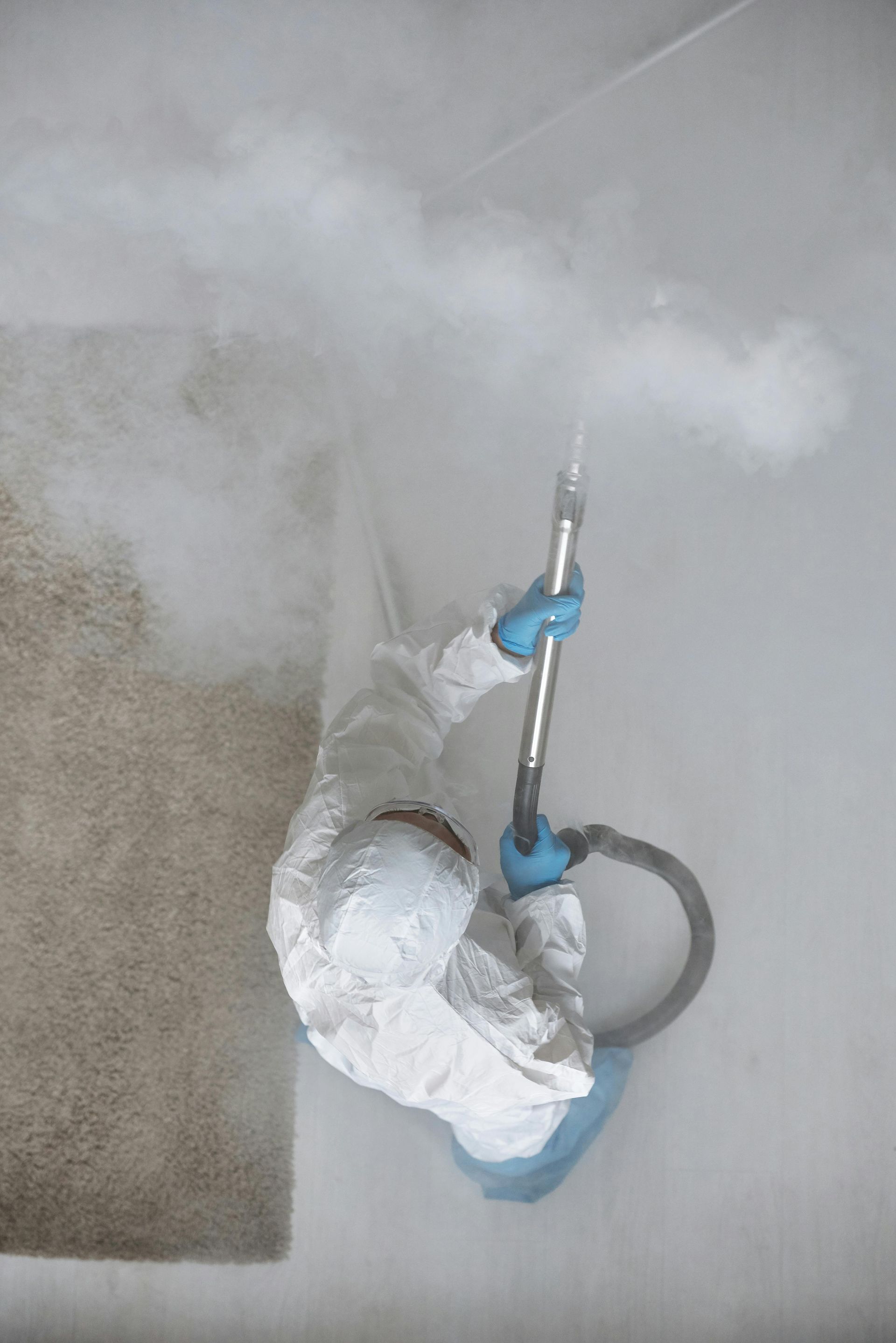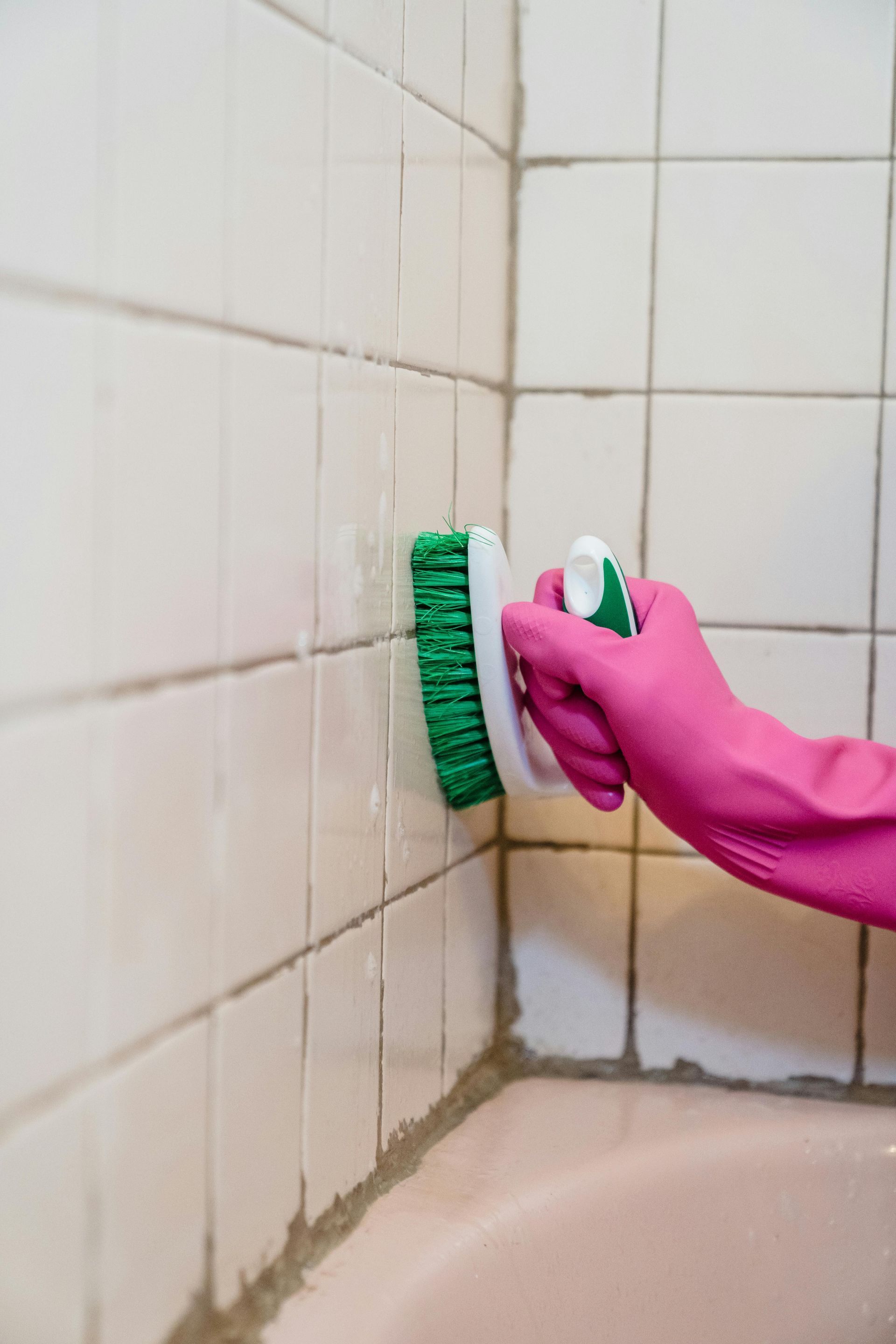The Importance of Mold Testing in Your Home
Why a Home Mold Inspection is Essential to Keep Your Family Safe
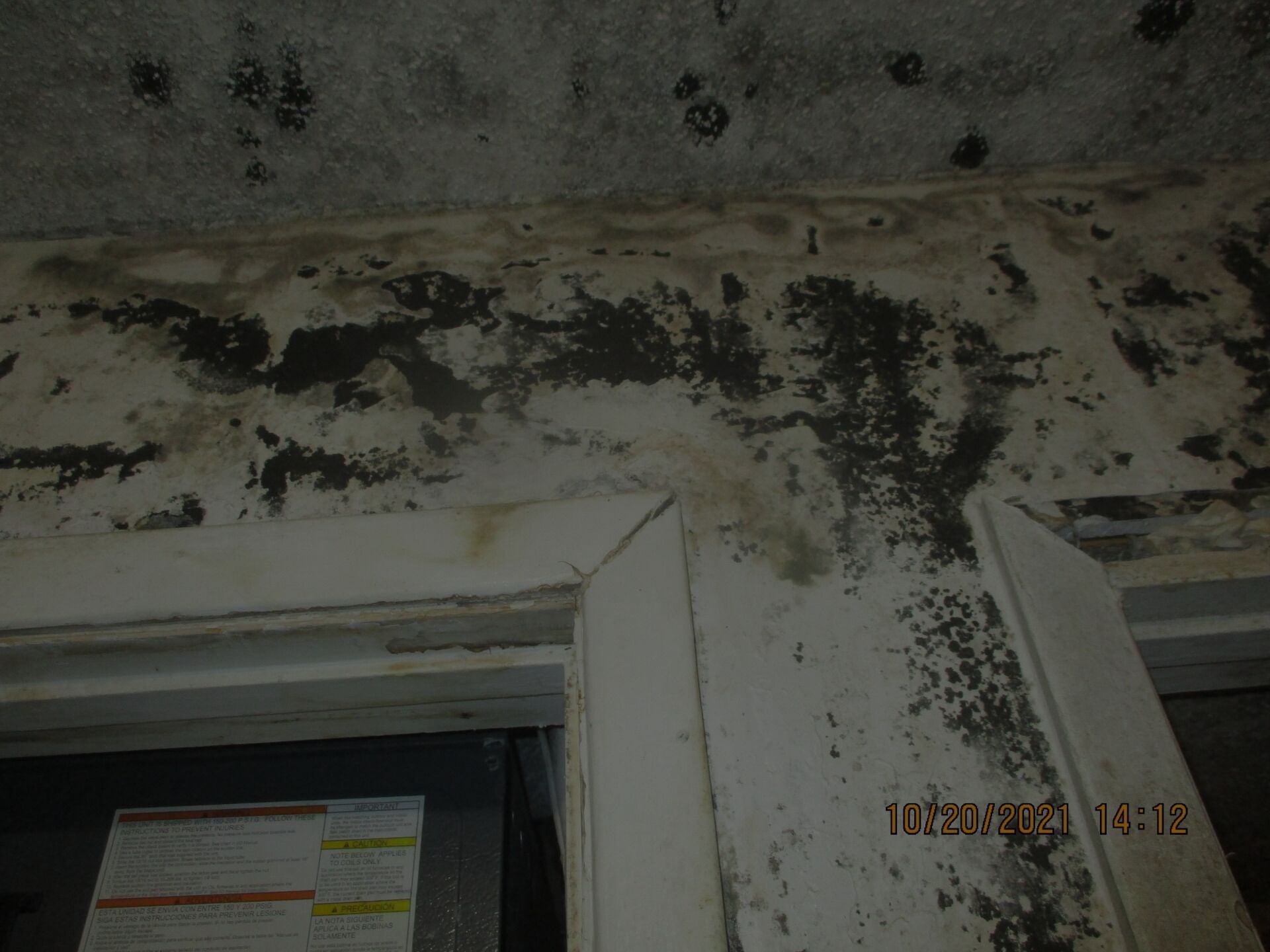
Mold is a serious problem that can have far-reaching health consequences. A house mold inspection is an important part of maintaining the safety and well-being of those living in a home or building. Mold testing can help identify potential sources of mold in order to take proactive measures to protect against its potentially harmful effects.
In this article, we will discuss the importance of mold testing and what potential sources of mold exist in a home. We'll also review the dangers of leaving mold untreated, as well as outline what to expect from a house mold inspection.
Common Signs of Mold
Mold growth can be a serious problem in the home. It is important to familiarize yourself with the common signs of mold growth so you can detect it early and take steps to remove it. Musty odors, visible mold, water damage, increased humidity, and condensation can all be signs of a potential mold problem in your home.
- Musty Odors – This is often the first sign that there may be too much moisture in your home. It can come from a variety of sources, including mold, mildew, damp wood, and even sewage.
- Visible Mold – This is often an indication that there is too much moisture in the air or on surfaces. It can be black, green, or white and have an unpleasant musty smell.
- Water Damage – Look for signs of water damage such as discoloration, warping of walls and floors, or water stains.
- Increased Humidity – If the humidity levels in your home are too high, it can lead to condensation on windows and other surfaces. It can also contribute to mold growth.
- Condensation – This is one of the most obvious signs of a moisture problem. It occurs when warm, moist air meets a cool surface, and the excess moisture forms droplets on the surface. If left unchecked, it can lead to mold growth.
Types of Mold
Mold is a type of fungus that can be found in homes, and it is often seen as an unpleasant sight. It can come in different shapes and colors, and each type of mold has its own unique characteristics. The most common types of mold found in homes are Cladosporium, Penicillium, Alternaria, Aspergillus, and Stachybotrys. Check out the following:
- Alternaria: Alternaria is a type of mold that can trigger respiratory issues and allergies. It is found outdoors but also thrives in damp environments indoors, like bathrooms or basements, and can cause damage to textiles, wood, and other porous materials.
- Aspergillus: Aspergillus is a type of mold that causes infections, especially in people with weakened immune systems. It is present in soil and can also be found indoors, growing on wallpaper or fabrics with high humidity levels.
- Cladosporium: Cladosporium is a type of mold that is ubiquitous both indoors and outdoors. When it grows inside, it can cause allergic reactions such as asthma symptoms or other respiratory problems. It is also known to damage wood and textiles.
- Penicillium: Penicillium is a type of mold that can grow in humid conditions both indoors and outdoors. It usually grows on cellulose materials like paper, insulation material, carpeting, or wallpaper and can cause respiratory problems as well as damage to the materials it grows on.
- Stachybotrys: Stachybotrys is a toxic type of mold that produces dangerous mycotoxins. It can cause serious health problems such as respiratory issues and skin irritation, and its growth should be prevented in dwellings as much as possible.
- Fusarium: Fusarium is another type of mold that releases spores that can lead to a variety of illnesses if inhaled or ingested. It can also damage surfaces and fabrics where it grows, so adequate removal is paramount to prevent health risks.
- Trichoderma: Trichoderma is an allergenic mold that can cause respiratory sensitization in humans, as well as damage wood structures and other organic materials it grows on. Careful removal of this type of mold by a professional is recommended to avoid any health risks.
Health Risks Associated with Mold Exposure
Mold can have serious, negative impacts on health. Many studies have linked mold exposure to a variety of allergic reactions, respiratory problems, and neurological symptoms. A study by the Centers for Disease Control and Prevention (CDC) found that people living in homes with visible mold were more likely to experience headaches than those living in homes without visible mold.
Another report by the World Health Organization (WHO) revealed that those living in homes with high levels of mold were more likely to suffer from respiratory problems and asthma attacks than people living in cleaner environments.
Furthermore, those with asthma should take special caution when exposed to molds, as it can worsen their condition. The United States Environmental Protection Agency (EPA) strongly advises that people with asthma avoid contact or exposure to any type of mold in order to prevent potential health risks.
Allergic Reactions
Mold can cause allergic reactions in some people, leading to symptoms such as sneezing, runny nose, and itchy eyes. Common allergenic molds include Alternaria, Cladosporium, Penicillium, Aspergillus, and Fusarium. These molds are found in indoor environments, including damp basements, bathrooms, and areas with high humidity.
Therefore, it is important to maintain good air circulation and keep indoor air dry by using dehumidifiers and exhaust fans to prevent allergic reactions from mold. In addition, regularly wiping down surfaces and maintaining cleanliness can help reduce the amount of allergenic mold spores in the air.
Respiratory Problems
Exposure to mold can lead to a number of respiratory problems, including coughing, wheezing, and shortness of breath. Mold spores are microscopic and can easily be inhaled into the lungs, which triggers an immune response in some people. The most common types of mold that can cause respiratory problems include Alternaria, Aspergillus, Cladosporium, Epicoccum, and Penicillium.
These molds are present in the environment but can also be found in damp or humid environments such as bathrooms, kitchens, basements, attics, and other areas where water leaks occur.
Headaches and Fatigue
Exposure to mold can cause headaches and fatigue in some people. This is because molds produce allergens and irritants that, when inhaled, can trigger an allergic reaction or asthma attack. Symptoms of mold exposure, such as headaches and fatigue, can vary depending on the type of mold present, from very mild to severe reactions.
Common molds that can cause headaches and fatigue include Cladosporium, Aspergillus, Penicillium, Alternaria, Fusarium, Stachybotrys chartarum (also known as black mold), and Chaetomium. These molds produce mycotoxins which are chemicals produced by certain types of molds that can lead to health problems when inhaled or ingested.
Skin Irritation
Exposure to certain types of mold can cause skin irritation and rash in some people. Mold spores are microscopic particles that can become airborne, making them easy for humans to breathe in or come into contact with. When a person inhales these particles, they can irritate the lungs and throat, leading to respiratory problems such as asthma or sinusitis. In some people, exposure to mold can also cause an allergic reaction to the skin, leading to a rash or hives.
Molds that produce mycotoxins, such as Stachybotrys chartarum (also known as black mold), are particularly likely to cause skin irritation. Alternaria and Cladosporium are two other common molds that can lead to skin rashes or hives in sensitive individuals.
Fungal Infections
Mold exposure can contribute to an increased risk of fungal infections, particularly in individuals with weakened immune systems. The types of mold most likely to cause fungal infections include Aspergillus, Penicillium, and Cladosporium species. These spores have the ability to survive in both indoor and outdoor environments, making them difficult to avoid.
Examples of common molds that can negatively impact an individual's immune health include Alternaria, Chaetomium, and Stachybotrys species. These molds are commonly found in areas with water damage or high humidity levels, as well as on foodstuffs that have been stored improperly.
Neurological Symptoms
Mold exposure can have significant effects on neurological health, leading to various issues such as memory loss and mood changes. A number of studies have demonstrated this link between mold and neurological symptoms. For instance, a 2019 study published in the journal BMC Public Health found that people with water damage in their homes were more likely to experience cognitive decline than those without water damage.
Other studies have shown that people exposed to mold from damp and leaky buildings may suffer from respiratory problems, fatigue, depression, and difficulty concentrating.
Different types of mold can also affect neurological health. Penicillium is a common type of allergenic mold found in food, carpeting, insulation material, and wallpaper.
Immunological Reactions
Exposure to mold can result in immunological reactions in some people, causing a range of symptoms such as fever and respiratory distress. Common molds that may trigger these reactions include Penicillium, Aspergillus, Fusarium, Cladosporium, Alternaria, Stachybotrys, and Chaetomium.
These molds produce substances called mycotoxins which are toxic and can cause inflammation, leading to an immune response in some individuals. This can cause symptoms such as coughing, sneezing, difficulty breathing, and fever. In more severe cases, it can even lead to asthma attacks and other respiratory complications.
Toxicity From Mycotoxins
Mold comes in many varieties, some of which can produce toxic substances known as mycotoxins. These compounds are produced through the metabolic activities of certain types of fungi and may cause a range of adverse health effects when ingested or inhaled.
Examples of mold that commonly produce these toxins include Aspergillus, Stachybotrys, Fusarium, and Penicillium. Inhalation of mycotoxins can lead to symptoms such as headache, nausea, dizziness, fatigue, skin irritation, and respiratory issues. Long-term exposure may also increase the risk of developing more serious conditions such as cancer or neurological impairment.
Sudden Infant Death Syndrome (SIDS)
Mold has been linked to an increased risk of Sudden Infant Death Syndrome (SIDS). Studies have found that households with higher levels of indoor air pollutants, including mold, pose an elevated risk for sudden infant death. In one study conducted by the National Institute of Environmental Health Sciences, it was determined that infants who were exposed to household molds in the three months before their death were at a greater risk of SIDS than infants who did not have such exposure.
Mold can cause respiratory problems, which makes it particularly dangerous for infants. Infants' lungs are still developing, and they often have weaker immune systems compared to adults, making them more susceptible to mold-related illnesses.
The Mold Testing Process
Home mold inspection is very crucial. When mold spores enter your home, they can cause significant health problems and damage to the structure of your home if left unchecked. Professional inspectors use special techniques to collect samples and analyze them in the laboratory for further evaluation.
Air sample analysis is one of the most common types of tests used to detect the presence of mold. Air samples are collected using a vacuum-like device and sent to a lab for analysis. This type of test can help determine whether there is an ongoing problem in your home if it is getting worse, or if the current levels are safe.
Surface sample testing is also used to check for the presence of mold. This method involves collecting samples from various surfaces in your home, such as walls or floors, and testing them for the presence of mold spores. The professionals who conduct this test will then provide you with an accurate assessment of the extent of the problem and make recommendations about how to remedy it.
It is important to note that when it comes to mold testing, the results are only as accurate as the professionals that interpret them. Therefore, it is important to work with experienced and qualified professionals who understand the nuances of mold testing.
Preventing Mold Growth
Mold growth in the home can be a serious issue, as it can cause health problems and damage to property. It is important to take steps to prevent mold growth in your home, and one of the most effective ways is to reduce moisture levels. This includes repairing any water leaks promptly and making sure that areas with high humidity are well-ventilated.
Proper ventilation and humidity levels should be maintained in the home to reduce the chances of mold growth. It is also important to have regular inspections for any signs of water damage or mold growth, as well as to have any necessary mold remediation taken care of promptly. Taking all these steps will help ensure that your home remains free from mold and other moisture-related problems.
In addition, it is important to clean up any spills quickly and thoroughly in order to prevent mold growth. You should also ensure that your house has a good drainage system, as this will help keep moisture levels consistent and reduce the chances of mold growth.
Protect Your Home With Sunshine Restoration
Mold can cause serious health problems if not detected and remedied in a timely manner. In this article, we discussed the importance of mold testing in your home. We highlighted the symptoms of mold growth and how to identify potential sources of mold. We also emphasized the importance of having a professional mold inspector to identify and confirm any existing or potential mold issues.
Sunshine Restoration provides expert mold detection, testing, and remediation services. With our experienced professionals and high-quality mold removal solutions, we can help make your home a healthier environment.
Don't let mold hide in your home. If you suspect the presence of mold or if you are buying a new home, call Sunshine Restoration today and schedule a mold inspection. We will help ensure your family breathes cleaner air and lives a healthier life.
Contact us today and protect your home from harmful mold. Our team is ready to help!
OUR BENEFITS
The Sunshine Restoration Experience
CUSTOMER SERVICE
If you have a restoration disaster, our team is available 24/7/365 to help you.
45 Minute On-Site
Our restoration crews will make it out to your property on average within 45 minutes.
LOCALLY OWNED
Sunshine Restoration is a locally owned and operated business in the heart of Charlotte, NC.
RESIDENTIAL & COMMERCIAL
We can tackle any restoration job, no matter how large or how big.
BROWSE
CONTACT
1101 - A Technology Drive, Indian Trail, NC 28079
BUSINESS HOURS
- Mon - Sun
- Open 24 Hours


